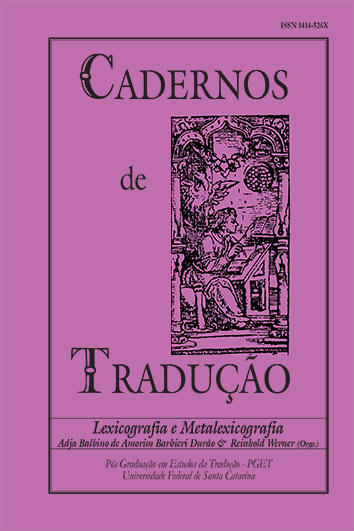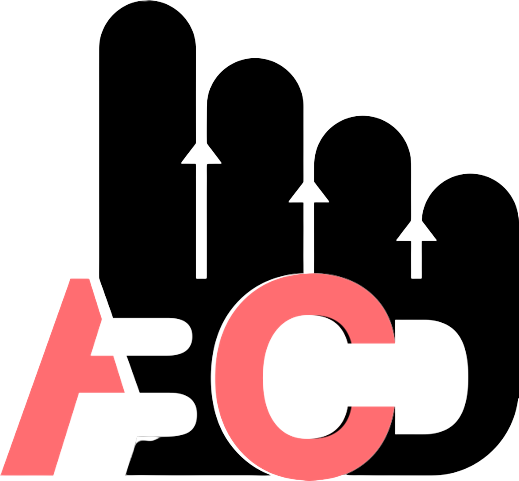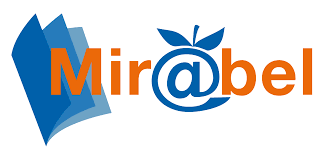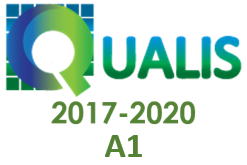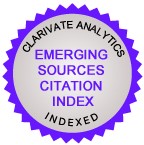Informational density, phonological complexity and their implications for organizing a glossary of technical terms in brazilian sign language.
DOI:
https://doi.org/10.5007/2175-7968.2013v2n32p141Abstract
In this paper we present partial results obtained through the analysis of technical terms in Libras. The present research was inspired by the need to of the Letras-Libras undergraduate program at UFSC according to visual aspects of a signed language. Trying to match the specific visual and spatial features of Libras, the initial proposal was to organize the glossary database according to the parameters of handshape and sign location. The complexity of this task evidenced the need for a mapping of the phonological and morphological structure of the lexical items that compose the glossary that could be used as more efficient filters for the retrieval of items and for ordering the entries. The proposed analysis showed several aspects that require a more thorough inquiry especially due to the need presenting filters that match deaf users needs. This text shows some partial results emphasizing the mapping of sign location as well as of movement in terminological units and results of a comparison between out data from the Letras-Libras glossary with general libras data. Due to the expected higher information density of technical language (cf. Koch & Oesterreicher, 1994) and the functional iconicity postulated by Givón (1995), the technical terms in Libras showed a higher phonological complexity in composition (clear majority of signs is bimanual) and realization (all with movement) resulting in the need to use other categories for filtering a refine search or for ordering the glossary.
Downloads
Published
How to Cite
Issue
Section
License
Copyright Notice
Authors hold the copyright and grant the journal the right for their articles' first publication, being their works simultaneously licensed under the Creative Commons Attribution License (CC BY), which allows the sharing of such works with its authorship acknowledged and its initial publication in this journal.
Authors are allowed to enter into separate additional contractual arrangements for the non-exclusive distribution of the journal's published version of the work (e.g., post it to an institutional repository or as a book chapter, with an acknowledgment of its initial publication in this journal).

